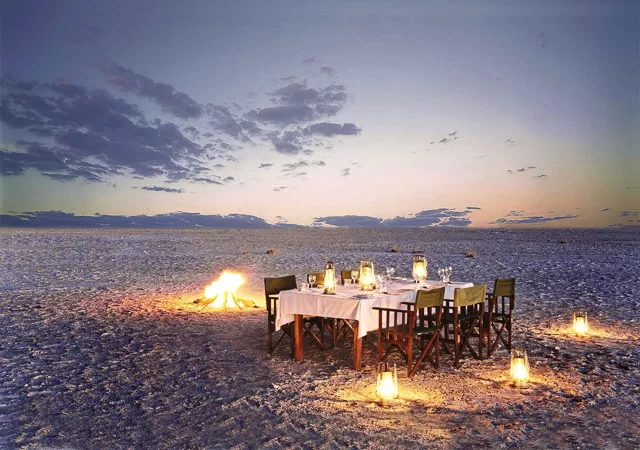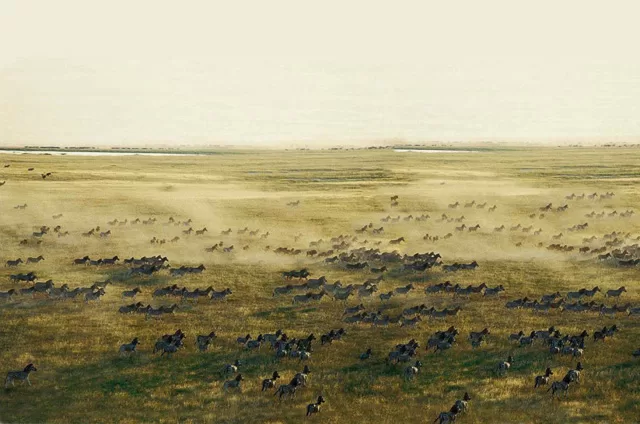About
Top Experiences
Type of Journey
Subscribe to newsletter and stay updated
Read about our travel expeditions, new destinations, new pictures, latest trip schedules
A trip to the enigmatic land of Makgadikgadi Every traveler should see the spectacle that is Pansind. Makgadikgadi, once a sizable lake, is now a collection of barren salt pans. It has some of the biggest saltpans in the world and is located in the Kalahari basin. Even though the fractured terrain of Makgadikgadi doesn’t appear to support life, it can reanimate life following good rains, as this barren environment transforms into verdant and draws millions of animals and birds. You may experience sleeping beneath a starry sky and taking in the peace and quiet by traveling to this lovely place.
OVERVIEW
Location: North Botswana
Nearest International Airport: Maun
How to reach: By road or chartered flight from Maun
Famous for: Largest salt pan landscape, Longest mammal migration
Best time to visit: Jan to Dec
WHAT TO SEE
The Makgadikgadi Pans wildlife includes zebras, wildebeests, elephants, cheetahs, lions, aardwolf, bat-eared fox and striped polecat, and also birds including pelican and flamingo. The highlight of the place is Meerkats galore. The place is also home to many Baobab trees.
The Makgadikgadi Pans are the largest salt pan region on earth. It traverses an area larger than 30,000 km2. During the dry season, you may see the panorama of the sparkling white salt pans. In the early mornings and late at night, the Pans are incredibly fresh. Due to a lack of cloud cover and significant heat loss from the ground, the dry season’s temperature changes are more evident, but this also makes for beautiful star projections. Near the Makgadikgadi National Park, one may see the renowned baobab trees. Because it can store water that can save a person’s life in its branches and trunk, the baobab tree is known as the “tree of life.” Given that the tree only thrives in dry areas, this is of great importance.
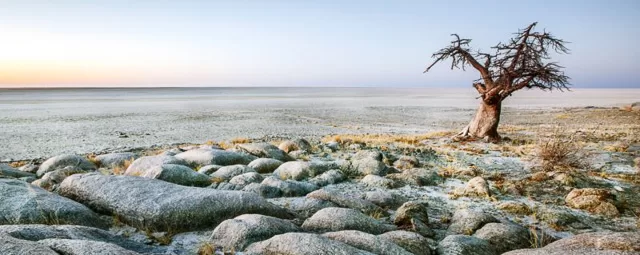
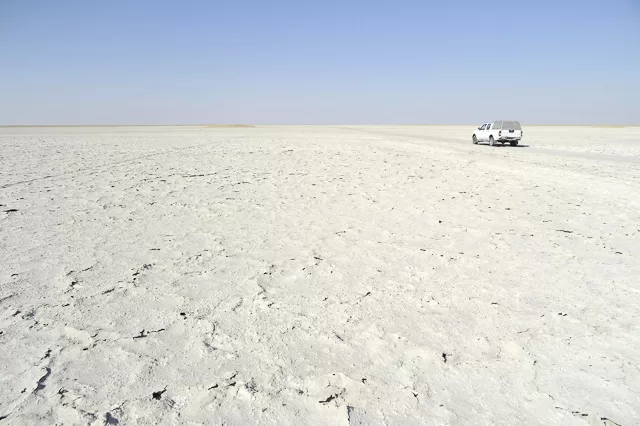
The second-largest animal migration in Africa takes place in the Makgadikgadi Pans. Flamingo, Burchell’s zebra—Botswana’s national animal—blue wildebeest, oryx, eland, and red hartebeest populations are among the species that migrate. Predators like spotted hyenas and brown hyenas are prevalent in the area. The riverine forest is a frequent habitat for lions and leopards. At dusk, certain predators can be seen lurking about the pan’s edges. Aardwolf, bat-eared fox, and striped polecat are what they are. Meerkats in abundance are the region’s main attraction. They are only found in such dry locations.
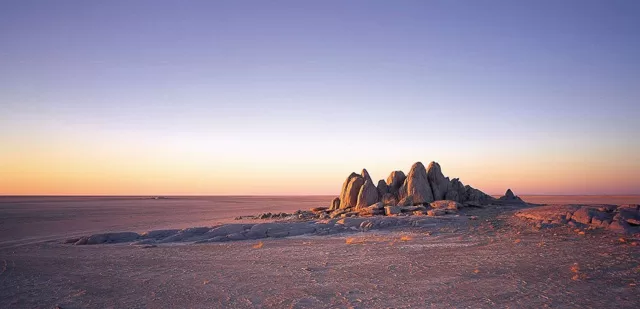
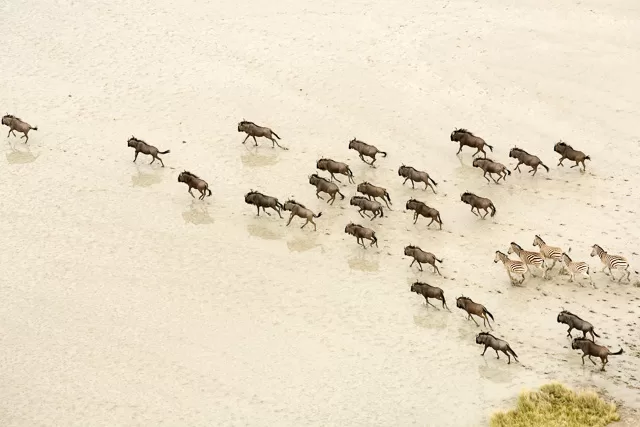
Accommodation
In Botswana, Camp Kalahari is close to the Makgadikgadi salt pans. The camp has 10 deluxe tents, 7 twin tents, 2 double tents, and 1 family tent. A flush toilet, outdoor bathroom, and king-size Kalahari bed are included in each tent in the camp. Locally made furnishings and crafts are used to decorate Camp Kalahari. The Kalahari Desert of Botswana is where Jack’s Camp Botswana is situated. The camp offers outstanding views, imaginative surprises, professional guiding, old-world safari decor, and delectable food. Seven double and triple tents at Jack’s Camp have facilities with both indoor and outdoor showers. In Botswana, Sans Camp is close to Makgadikgadi Pans National Park. Jack’s Camp and Camp Kalahari are San Camp’s other divisions. This camp offers 6 roomy, pleasant tented accommodations. Each room has an attached bathroom with a bucket shower and a flushing toilet. Old spirit lamps are used as classic and straightforward lighting fixtures to beautify the camp.
